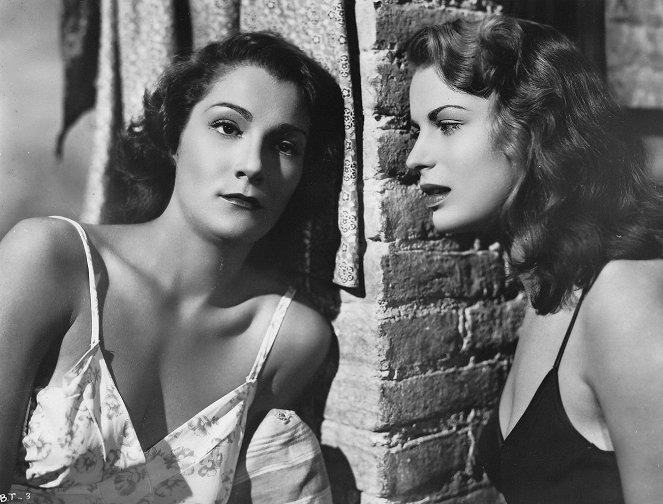Directed by:
Giuseppe De SantisCinematography:
Otello MartelliCast:
Vittorio Gassman, Doris Dowling, Silvana Mangano, Maria Capuzzo, Raf Vallone, Attilio Dottesio, Ermanno Randi, Anna Maestri, Nico Pepe, Maria Grazia FranciaVOD (2)
Plots(1)
Riso Amaro was one of the landmark films of the postwar Italian neorealist movement. Silvana Mangano portrays one of hundreds of women toiling slavishly in the Po Valley rice fields. She is courted by two men: respectable Raf Vallone and no-good fugitive from justice Vittorio Gassman. Mangano chooses Gassman, a decision which brings disaster not only to her but to her co-workers. The rice-field scenes are realistic enough to pass muster as documentary footage. Critics were unanimous in their praise for Bitter Rice; their words were, however, ignored by the male fans who came to see the film solely on the strength of the now-famous production still of the buxom Silvana Mangano standing in the rice field wearing tight shorts and torn black stockings. (official distributor synopsis)
(more)Reviews (1)
Mud wrestling, a MacGuffin in the form of a necklace, beautiful legs, pretty faces, inclinations toward the musical genre and lesbian sex. The team of screenwriters packed all kind of things into their work – which, with the passage of time, seems to have been mainly for marketing purposes – but not much neorealism remained as a result. For a film noir movie that would have elicited the bitter laughter of the original Italian title, Riso amaro (riso = past participle of ridere, to laugh), there are melodramatic moments that are too seriously intended and a preponderance of women who do not control anyone’s destiny, but only passively submit to brute masculine power. Bitter Rice compelled me to see De Santis not as a leading representative of the post-war neorealism school, revealing and changing, but as a pioneer of pink neorealism, which used social issues and leftist ideals only as a front for straightforward commercial entertainment. 65%
()

